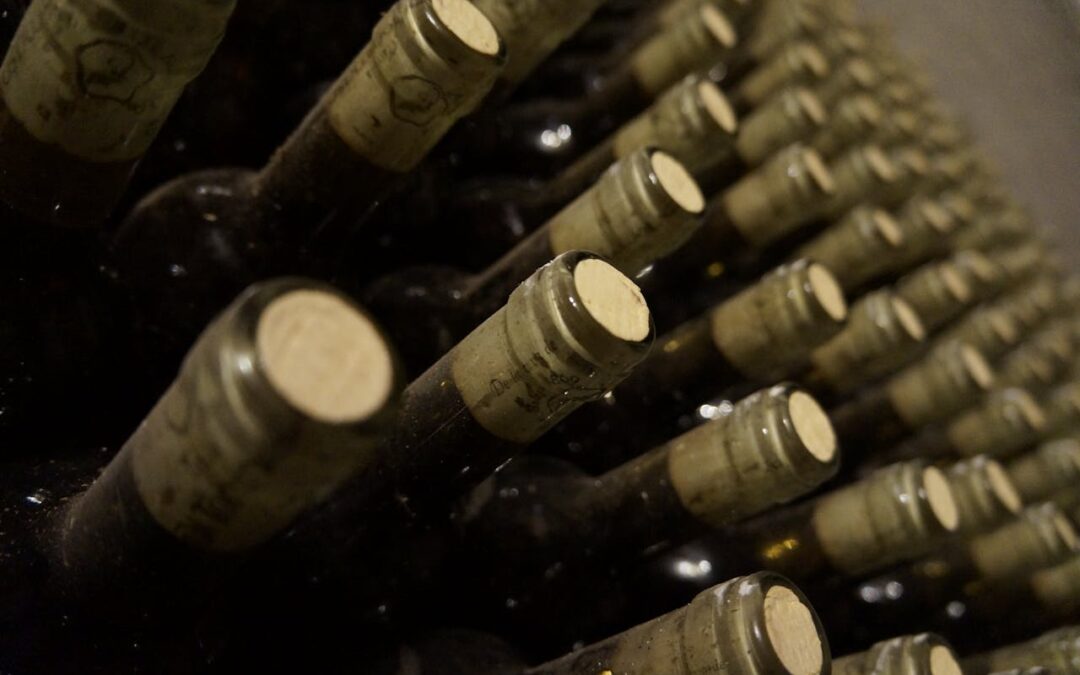Imagine you’re the host of a delightful dinner party in Newcastle. You’ve got the candles lit, the table set, and your guests are chatting away, eagerly awaiting the first taste of wine to kick off what promises to be a great evening. But just as you’re about to pour, you wonder, “What if this wine is corked?” Identifying a flawed bottle before it reaches your guests is key to maintaining the flow of a good gathering. This is where knowing how to spot a corked wine can save your night from a disappointing start.
Corked wine isn’t something most people think about until they’re faced with a musty, off-smelling bottle. It’s a common issue that can impact even the best-laid plans, leaving wine lovers scratching their heads in frustration. By learning how to detect corked wine early on, you can ensure that each pour heightens your experience, rather than detracting from it. This knowledge can provide peace of mind, allowing you to focus on the pleasures of sharing good wine with good company.
What Is Corked Wine?
Corked wine refers to a bottle affected by the compound trichloroanisole, or TCA for short. Sounds technical, right? But don’t worry, you don’t need a science degree to recognize it. Simply put, TCA is a chemical compound that can taint the wine when it comes into contact with a cork contaminated during production. This issue doesn’t mean the cork is decaying or visibly flawed, so it can be tricky to spot.
TCA contamination usually happens during cork processing, when mold on the cork interacts with certain cleaning agents, creating the unwanted compound. However, it’s good to know that it can also creep in through barrels or storage conditions. Understanding what causes this off-flavor helps you pinpoint the issue faster, making it easier to avoid serving a wine that doesn’t meet your expectations.
Tell-Tale Signs Of Corked Wine
It’s time to get to know the signature clues that indicate a wine is corked. While it might seem daunting at first, these signs become second nature once you’re familiar with them:
– Unpleasant Smell: Imagine opening a damp, old cardboard box—if your freshly opened bottle has that smell, it might be corked. Other aromas include musty basement or wet dog.
– Altered Taste: Corked wine often tastes flat, leaving a dull, off taste that hides fruitiness. It can also have an astringent quality, making for an unpleasant sip.
– Appearance Changes: Though less common, some corked wines appear cloudy or have a color that doesn’t match what you expect.
Recognizing these signs on time can save both you and your guests from an unpleasant experience, keeping the focus on enjoying the occasion without distraction.
How To Perform A Corked Wine Check
Now that you know the signs, let’s dive into checking your bottle like a pro. Start by smelling the cork and the wine itself. Bring the cork close to your nose and take a deep sniff. If you detect any of those tell-tale musty aromas, be cautious. Next, pour a small amount of wine into a glass. Swirl it gently, allowing the aroma to open up. This swirling step can help you confirm suspicions if any odd scent was picked up from the cork.
When it comes to tasting, take a small sip. Concentrate on the flavors. A corked wine can taste flat or lifeless, while a good one should be vibrant and full of character. If the flavors seem muted or there’s a lingering bitterness, this could be your cue. And remember, trust your senses. If something doesn’t feel right, don’t hesitate to seek another bottle. Your taste buds are your best guide.
How To Avoid Buying Corked Wine
Preventing the purchase of a corked wine is just as crucial as knowing how to detect one. Here are some tips to help you steer clear:
– Choose Reliable Retailers: Purchase your wine from trusted vendors known for quality control. They are more likely to store wine properly, reducing the chance of spoilage.
– Inspect Bottles: Before buying, check the bottle’s condition. A protruding cork or wine seeping out could be signs of trouble.
– Know Good Storage Practices: Proper storage is key. Keep bottles away from heat or direct sunlight and lay them on their sides, allowing the cork to remain moist.
When you find a reliable source, sticking with them can ease your worries. This consistency ensures that you’re not just aiming for a good deal, but also quality and authenticity.
Enjoying Your Perfect Glass Of Wine
With these insights and tips, you’re now better equipped to enjoy wine without worry. Recognizing and avoiding corked wine brings a sense of confidence, allowing you to focus on the pleasure of experiencing the rich and varied world of wine. Don’t let a corked bottle dampen your spirits. Whether you’re toasting with friends or enjoying a quiet evening, the right preparation and knowledge can elevate each moment.
Remember, finding quality wine doesn’t have to be complex. Sometimes, the simplest pleasures are waiting in a well-crafted bottle. When you know how to find a wine that delights the senses, any occasion becomes a potential celebration. Cheers to savoring every perfect sip!
Ready to elevate your wine experience? Take a moment to find a wine that suits your taste at Lecavalier Cellars and make sure your next glass is just right. Explore our featured selection to uncover wines that turn any gathering into something special. Cheers to enjoying great moments with the perfect bottle in hand!


